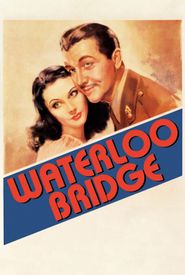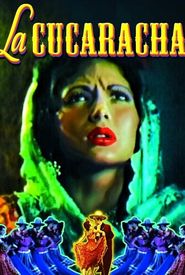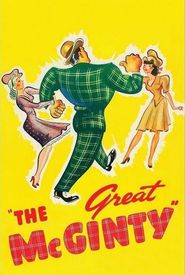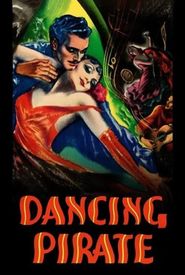A vintner's daughter, she began her life with a unique blend of artistic and cultural influences. As a young ballet dancer, she was trained at the prestigious Budapest Opera, laying the foundation for a lifelong passion for the performing arts.
As a teenager, she made her stage debut in amateur theatricals, a precursor to her future professional endeavors. By the early 1930s, she had taken her talents to the stages of Salzburg, Berlin, and London, appearing in notable productions such as "Wonder Bar" and "Words and Music" alongside the renowned John Mills.
In 1932, she made the bold move to New York City, arriving with limited knowledge of the English language. However, her determination and quick wit enabled her to rapidly learn the language and adapt to her new surroundings.
The following year, she secured a significant role as Polly Peachum in Bertolt Brecht's groundbreaking "The Threepenny Opera" on Broadway, co-starring the acclaimed Burgess Meredith.
In 1933, she made the transition to Hollywood, making a lasting impression with her captivating performance of the title song in the technicolor short "La Cucaracha" (1934).
Throughout her career, she was often typecast in ornate and exotic roles, playing various senoritas in films such as "Dancing Pirate" (1936) and "Law of the Pampas" (1939),as well as an Eskimo. Despite these decorative roles, she left a lasting impact in more substantial supporting parts, including the half-caste mistress Neleta in "Anthony Adverse" (1936) and Lydia in "Waterloo Bridge" (1940).






































